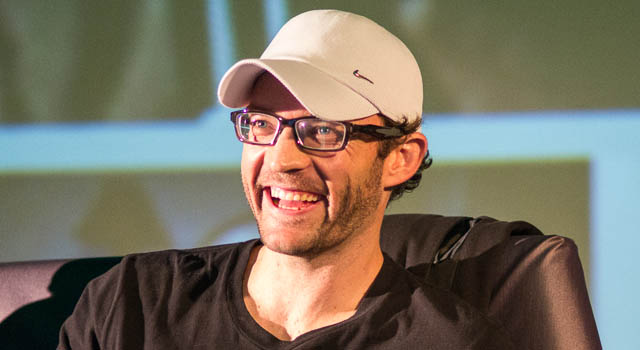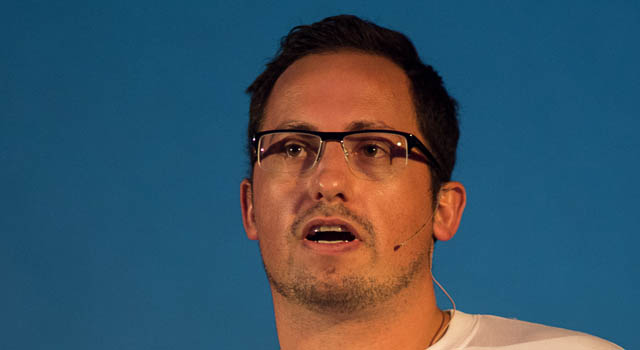
Google’s video platform is making celebrities out of regular South Africans and generating income for them, with some making in excess of R100 000/month.
Use of YouTube in South Africa is growing exponentially, particularly on mobile devices, which now account for a quarter of all YouTube views worldwide, according the company.
South Africa YouTube partnership manager Jared Molko says that in 2012 YouTube visits from South Africans increased by 80% and uploads grew by 30%. Revenue given to South Africans who have uploaded videos climbed by 60% year on year.
“When we look at sub-Saharan Africa we see similar stats,” Molko says. The region witnessed a 90% increase in views during 2012, while uploads grew 40%.
YouTube is also becoming popular for watching live content. “A couple of days ago, we live-streamed the Kenyan elections. The most interesting thing for me is that 75% of the views came from the diaspora,” he says.
Similarly, most Nollywood YouTube channels – that is, channels showcasing content from the Nigerian film industry – are viewed by people outside Nigeria.
“If your content is good and people like it, they’ll share it,” Molko says.
YouTube generates revenue by selling what it calls “true-view advertising”. The pay-per-view model shows pre-roll advertisements before a YouTube video that can be skipped after five seconds.
The value of this format, according to Molko, is that advertisers are able to target specific market segments by having their ads shown before applicable content and actual views are measurable.
Some of the South Africans who have enjoyed financial success on YouTube include teenage video blogger Caspar Lee, a cappella band The Soil, solar power and electronic measurement expert Martin Lorton, game ranger Rob Vamplew and fitness expert Peter Cilliers.
Cilliers started his channel to motivate himself to achieve his weight-loss goals; Lorton started making videos about solar technology and electronic measurement equipment after he was made redundant from a job as an IT consultant.
Lee, whose channel is a video diary of his life, says collaboration is one of the keys to his success. Last year, he made the decision to spend time in London making videos with similar YouTube personalities he’d met using the service. By appearing in one another’s videos, Lee says he and his English contemporaries managed to bolster each other’s viewership numbers.

Though he regards himself as South African, Lee says the country ranks only seventh in the list of countries that generate the highest number of views of his YouTube channel. Most of Lee’s traffic comes from the UK and US.
Similarly, Vamplew, who runs a channel featuring wildlife videos, is receiving a lot of traffic from Japan.
While South Africa’s most watched YouTube personalities all come from vastly different backgrounds and create a wide variety of content, the one thing they agree on is that continuity and frequent updates drive audience numbers.
There’s also a great deal of money to be made. For each ad displayed, the video owner gets 55% of the revenue while Google keeps the other 45%.
In 18 months, Lorton has gone from making US$16 in his first month to R12 200 last December.
Cilliers, meanwhile, earned R80 000 in his best month through Google AdSense, with additional revenue coming from the products he uses his channel to promote.
Though Lee won’t disclose what he makes each month, he says it’s enough to ensure he’s financially independent. “I have a really nice flat in London and no financial worries,” Lee says. Moreover, there’s the potential to make recurring money from old content. “You can make royalties for the rest of your life from old videos.” — (c) 2013 NewsCentral Media




